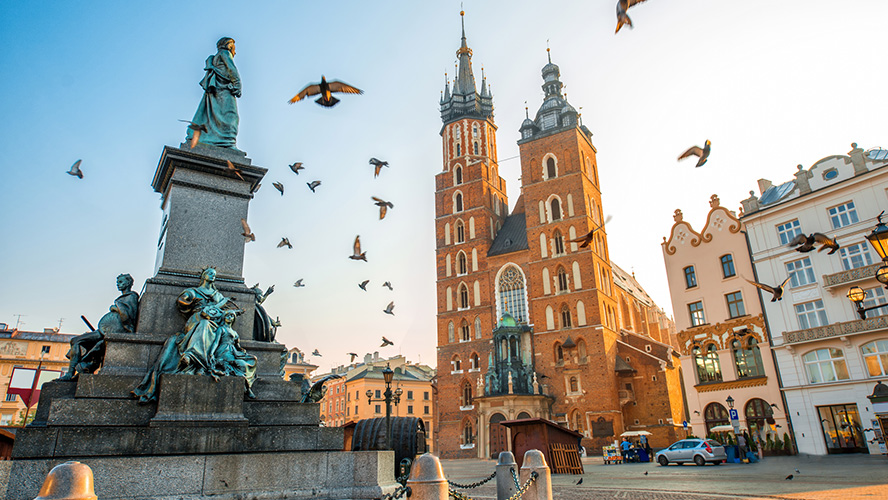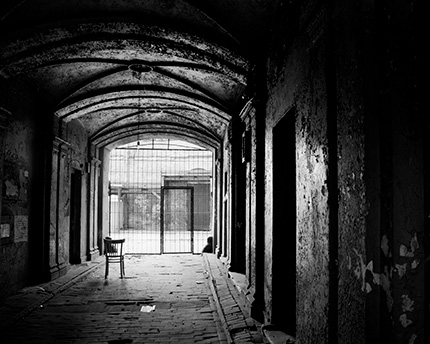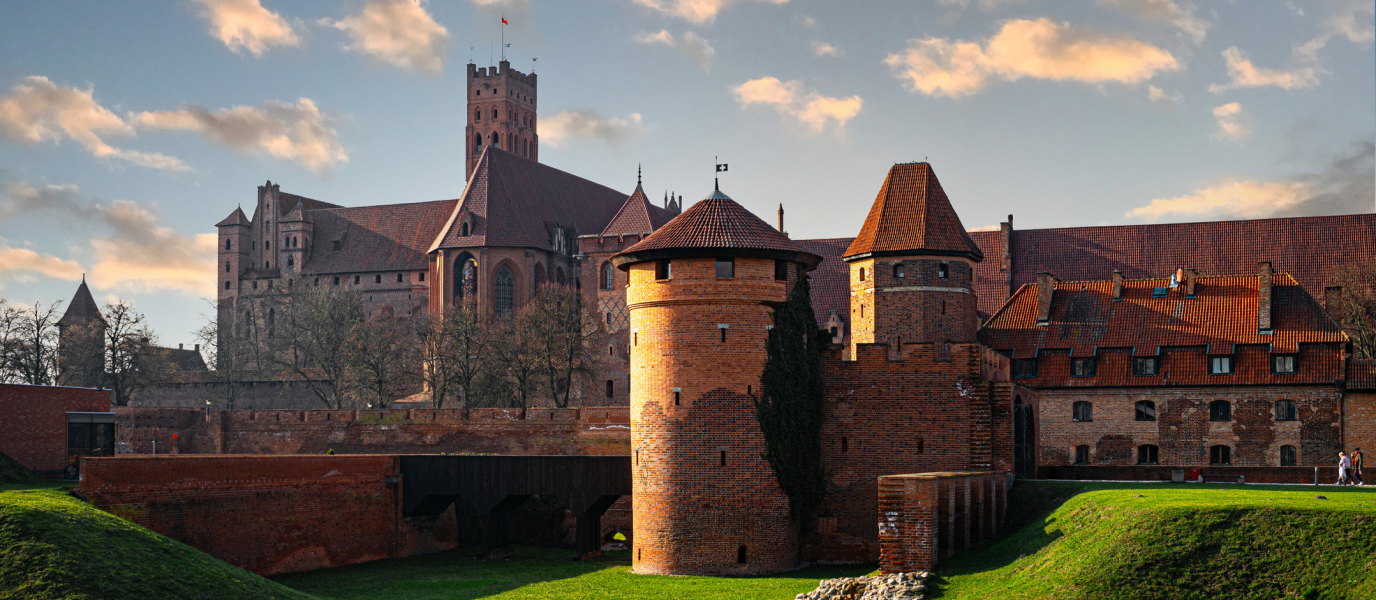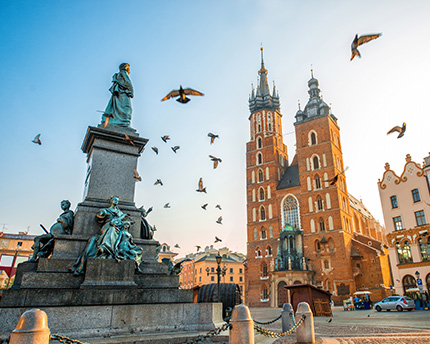Arriving at either of the two entrances to the concentration camp is solemn and disquieting. It’s a journey into hell and explores one of the worst crimes related to humankind, but is also a history lesson that people can learn from to ensure that such events are never repeated.
History and context of Auschwitz
The Auschwitz complex contained a forced labour camp, a slave camp, and an extermination area. Construction began in May 1940 on the outskirts of Oświęcim, a city that had been annexed by the Nazis as part of their eastward expansion plans.
The first prisoners were several hundred Poles who were held as political prisoners but during the years in which the camp was in operation, it’s thought that over 1,250,000 people lost their lives there. Most were Jews, but victims also included prostitutes, prisoners of war, homosexuals, gypsies, and communists.
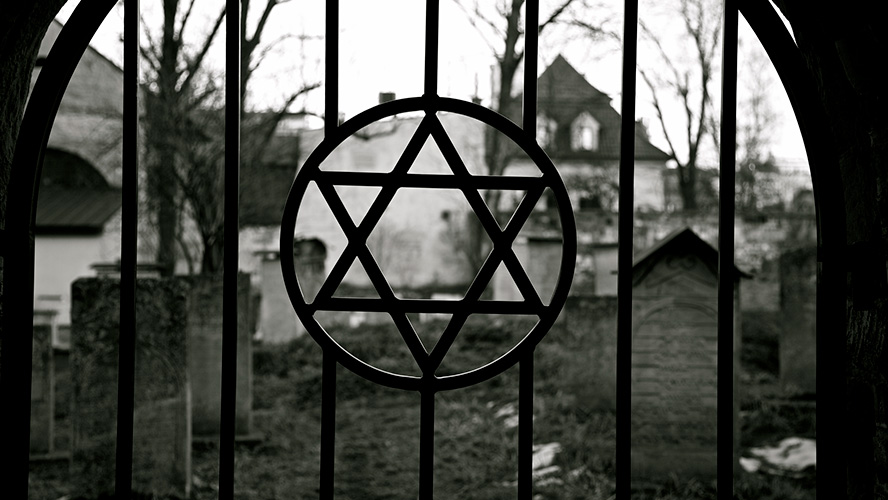
Five years later, on 27 January 1945, Auschwitz was liberated by Soviet troops. Fewer than 3,000 men were discovered wandering the camp, the only surviving prisoners to escape the final murders as the Nazis tried to erase all traces of their crimes.
Auschwitz I and II
The concentration camp is divided into two parts, Auschwitz I and II. Auschwitz I was the original concentration camp and where the administrative headquarters used to run the complex was housed in brick barracks. The entrance gate to this part of the camp is where you can read the famous words “Arbeit macht frei” (“Work sets you free”); perhaps the slogan gave prisoners hope that they would leave the camp one day.
However, Auschwitz was the deadliest concentration camp to be built by the Third Reich and most who crossed its threshold would never leave its wire fencing again.
The camp was divided into blocks; the most famous was block 11, tragically known as the “block of death” because it was where prisoners were locked into the smallest cells and left to die.

Auschwitz II or Birkenau, the second part of the complex, was the largest area and was built a year later in the zone nearest the town, which is around three kilometres from the original site of the concentration camp.
Auschwitz II was built to carry out the Nazi plan to exterminate the Jews and contained five crematoriums and gas chambers that could murder up to 2,500 people at once.
The camp was divided into sections that were separated by electric fences, splitting prisoners up into groups depending on whether they were headed straight to their deaths, to the labour camp or were to be used for medical experiments.
Auschwitz II didn’t receive female prisoners until 1943 but when they did arrive, they were also murdered or subjected to forced sterilization by Nazi doctors.
Exhibitions and monuments
On entering, visitors are shown a brief documentary film that places the camp in the context of its time and explains its purpose.
Parts of the Auschwitz I barracks have been adapted to show exhibitions that reveal the prisoners’ shocking living conditions and personal items that belonged to the many thousands of people who passed through the camp before being murdered. Boots, suitcases, shaving kits, glasses and even hair, which was sold to make coats, are on display.
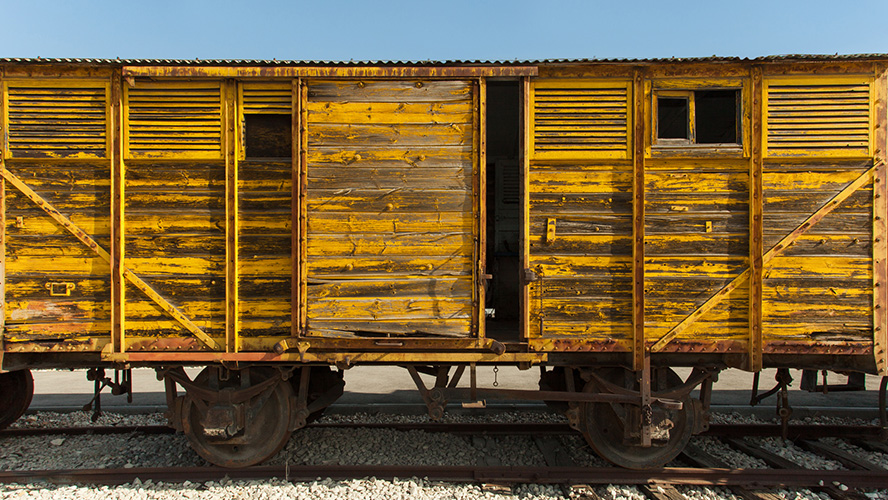
You can also still see the train tracks that transported prisoners from one side of the camp to another, and, at Auschwitz II, the remains of the crematorium ovens and gas chambers where the Nazis murdered over 1.1 million Jews.
A watchtower remains standing and gives visitors views over Birkenau, the wire fence that imprisoned the inmates, and the homes of Nazi soldiers.
Visitors’ information (opening times, etc)
Auschwitz is open all year round from Monday to Sunday, except for Easter Sunday, Christmas Day, and New Year’s Day. You will need between two to three hours to visit the camp because the two zones are far apart.
Opening times change depending on the month of the year and when it gets dark. Last visitors are admitted an hour and a half before closing time.
Auschwitz opens at 7.30 a.m. and closes at 2 p.m. in December, at 3 p.m. in January and November, at 4 p.m. in February, 5 p.m. in March and October, 6 p.m. in May and September and 7 p.m. in June, July and August.
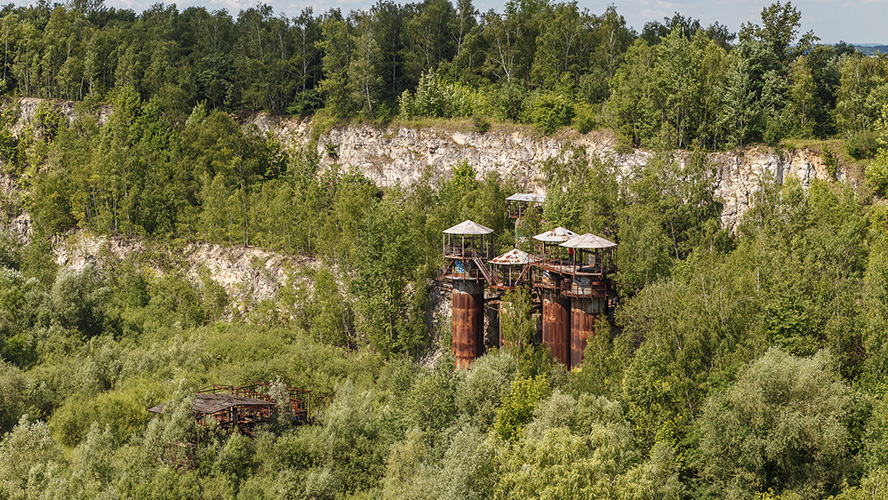
It’s extremely cold at Auschwitz in autumn and winter because few buildings remain standing and there is little shelter, so make sure you are wrapped up when you visit.
While visiting with children isn’t prohibited, it’s not recommended. If you are accompanied by children, make sure to pass quickly through the photography exhibition and area where the personal belongings of people murdered at Auschwitz are displayed.
Places to visit nearby
Krakow is one of the nearest cities to Auschwitz and is a fantastic place to visit. Its Old Town is full of charming spots such as the Market Square, St Mary’s Basilica, and the Cloth Hall. While in the city, make time to visit the Jewish Quarter, where many residents died during the war, and climb the hill up to 14th century Wawel Royal Castle. The castle contains the John Paul II Cathedral Museum and the Royal Palace, the first residence of the Polish royal family.
Famous Wieliczka Salt Mine is close to Krakow and it contains over 300 km of tunnels at a depth of 327 m below ground, revealing the different phases of mining in Europe.
